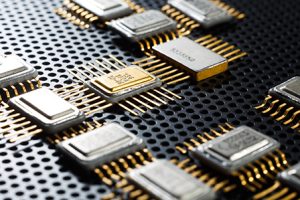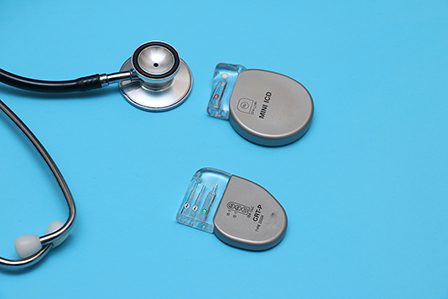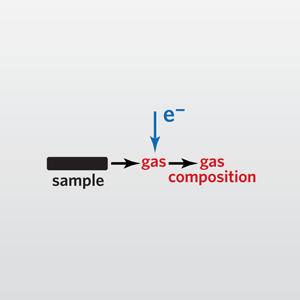Residual Gas Analysis (RGA)
In order to eliminate failures in microelectronic components caused by chemical reaction (corrosion), the internal gas composition of the component must be known. MIL-STD-883, MIL-STD 750, Method 1018 is considered the best specification for internal water vapor content – also known as Residual Gas Analysis (RGA). The RGA testing method defines procedures for RGA equipment calibration and device testing, as well as the maximum acceptable limits for internal water vapor content. The test not only qualifies a product that can be supplied to DLA for mission-critical programs but also provides vital information when a product does not meet the required criteria. EAG Laboratories has many years of experience as a DLA (Defense Logistics Agency) laboratory suitable for MIL-STD-883, 750, Method 1018.
What is Residual Gas Analysis?
RGA is useful for more than moisture content analysis. EAG’s RGA testing system can detect all masses up to 140 AMU, allowing common gasses to be identified and quantified. Samples of process atmospheres and unusual sealing environments can be analyzed to detect the evolution or resorption of gasses.
The system software can determine moisture content as well as an entire spectrum of gasses in the component.
In addition to providing routine Residual Gas Analysis, EAG has the technical expertise to identify the origin of the “problem” internal gasses and provide corrective action on an as-needed basis. We can provide consulting for process improvements, based on our many years of experience providing RGA testing which is now located at our lab in Syracuse, NY.
The lifetime of electronic components follows a predictable trend. A significant number of components fail prematurely at a very early age (“infant mortality”). Once past this initial failure stage, they usually perform for a long period of time with a very low probability of failure.


High reliability electronic components are often required to operate for long periods of time, having little or no opportunity for replacement. Orbiting satellites are good examples of this situation. Parts that meet the requirement for “space usage” are also used in applications where replacement is difficult, and/or failure engenders great risk. Such as implantable electronic medical devices (pacemakers).
EAG holds the distinction of being one of the two commercial testing services in the world that currently has suitability for Test Method 1018, Internal Water Vapor Content Testing. Suitability for Test Method 1018 is the Gold Standard for testing reliability and accuracy, and it comes from the highest standards board in the United States. There are several different MIL-STD test methods and other EAG sites have DLA suitability for other test methods.
MIL-STD 883 testing
Here are some examples of other MIL-STD 883 testing available at EAG:
- Destructive Physical Analysis (DPA)
- Failure analysis
- Fine leak/gross leak
- Die shear
- Radiography
- SEM inspection
- P.I.N.D. testing
- Bond pull strength test
Ideal Uses of Residual Gas Analysis (RGA)
- Packages: DIP’s, quad packs, TO-x cans, metal-lidded devices, electronic medical devices, gas sampling cylinders, process monitoring packages, filler gas containers and many other hermetically sealed devices can be analyzed.
Strengths
- All gases with molecular weights between 1-140 mass units can be identified with a survey scan, or up to 16 components can be preselected for quantitative analysis
Limitations
- Package must be hermetically sealed with cavity size not smaller than 0.01 cc
RGA Technical Specifications
- Volumes: 0.01 cc to 20 cc volumes can be analyzed.
- Analysis: All gases with molecular weights between 1-140 mass units can be identified with a survey scan, or up to 16 components can be preselected for quantitative analysis
- MIL-STD-883/750 Testing: nitrogen, oxygen, argon, carbon dioxide, moisture, hydrogen, helium, fluorocarbons, methane, and ammonia are measured and reported
Would you like to learn more about using Residual Gas Analysis (RGA)?
Contact us today for your Residual Gas Analysis (RGA) needs. Please complete the form below to have an EAG expert contact you.
